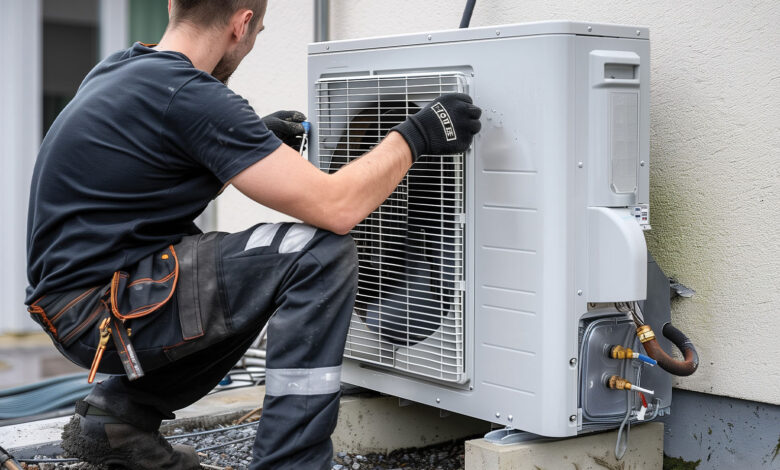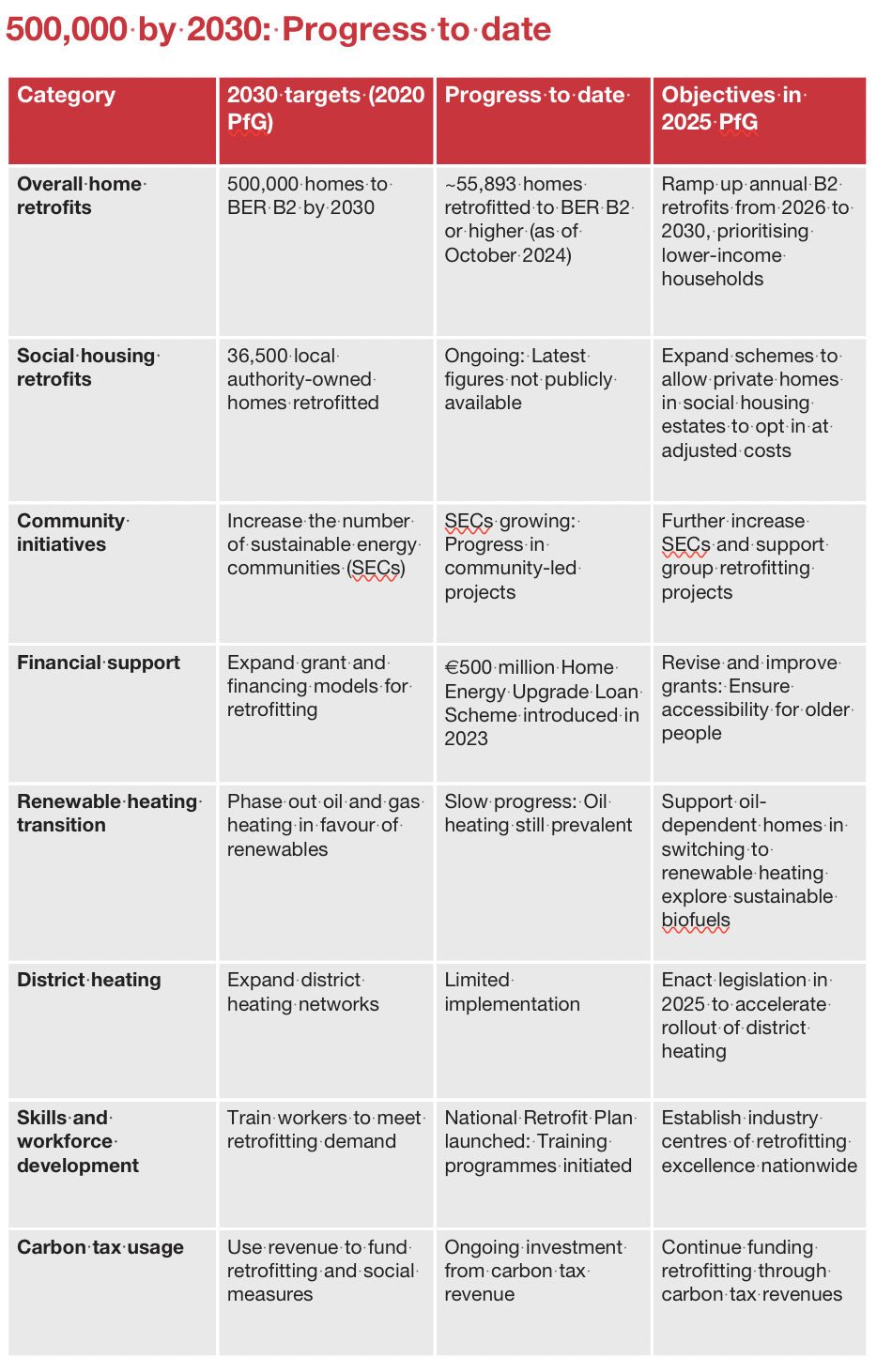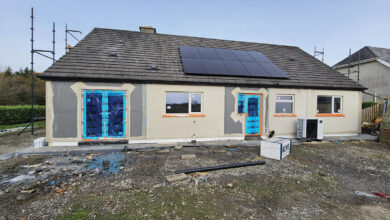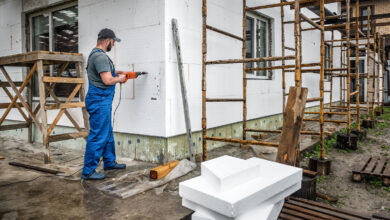Halfway to 2030: What the new government means for retrofitting

Five years since the introduction of retrofit targets of 500,000 homes to ‘B2’ BER standard or above, the Government has retrofitted approximately 55,893 homes to said standard. Meeting the 2030 target will now require an average annual retrofit of approximately 63,444 homes. eolas Magazine examines the depth of the commitment to the retrofitting agenda in the Programme for Government (PfG).
In 2020, the then-government set forth an ambitious agenda to enhance the energy efficiency of the State’s building stock, aiming to retrofit over 500,000 homes to a Building Energy Rating (BER) of B2 or higher by 2030. This initiative was a cornerstone of the State’s strategy to reduce carbon emissions, acknowledging that approximately 40 per cent of the country’s energy-related carbon emissions originated from buildings. The National Retrofit Plan also included retrofitting approximately 36,500 local authority-owned homes.
Five years on, the 2025 Programme for Government reaffirms and expands upon these commitments, introducing a series of measures designed to accelerate progress in retrofitting and sustainable energy adoption. This analysis evaluates the 2025 commitments against the 2020 targets, highlighting advancements and areas requiring attention, and offers insights for policymakers in the Irish retrofitting sector.
The 2025 Programme for Government pledges to “ramp up our targets to deliver more B2-equivalent home retrofits each year from 2026 to 2030, with a focus on lower-income households”. This commitment not only reinforces the original goal of retrofitting 500,000 homes by 2030 but also emphasises social equity by prioritising lower-income households. This approach aligns with the National Retrofit Plan’s objective to address barriers to retrofitting, particularly for vulnerable populations.
Increasing accessibility
Recognising the financial challenges homeowners face in undertaking retrofitting projects, the Government plans to “revise and improve the provision of grants and financing models,” ensuring accessibility for older community members.
The introduction of the €500 million Home Energy Upgrade Loan Scheme, offering low-interest loans ranging from €5,000 to €75,000, aims to make retrofitting financially attainable for a broader segment of the population. This initiative complements existing schemes and aims to stimulate demand by reducing upfront costs.
Community-led retrofitting initiatives
The PfG introduces innovative approaches such as supporting group retrofitting projects, enabling neighbours to collaboratively upgrade their homes. This strategy is designed to make the process more economical and less daunting for individual homeowners.
Additionally, the Government aims to increase the number of sustainable energy communities, by “fostering local engagement and collective action in energy efficiency efforts”.
Building upon pilot schemes, the Government also proposes developing mechanisms that allow private homes within social housing estates to opt into retrofitting projects at adjusted costs. This approach aims to ensure that all residents, regardless of ownership status, have the opportunity to benefit from energy efficiency improvements, thereby promoting community-wide sustainability.
Targeting older homes that still rely on oil heating, the Government encourages a switch to renewable heating systems, aiming to lower carbon footprints and reduce costs. In scenarios where deep retrofits are not immediately feasible, the consideration of biofuels, such as hydrotreated vegetable oil (HVO), offers a transitional solution. The emphasis on improving traceability in HVO procurement underscores the commitment to environmental integrity.
Skills
Skills capacity constraints has been an obstacle to progress in retrofitting. The PfG outlines the provision of upskilling and training opportunities across the green economy, including the establishment of industry centres of retrofitting excellence nationwide. This focus on education and training will be critical to building the capacity required to meet the increased demand for retrofitting services.

Analysis
A key challenge with meeting retrofitting targets has been that it is hard to sell to consumers due to the disruption it causes to one’s home, and the amount of debt is requires the homeowner to take on.
While polling shows that there is a desire among the population to meet environmental challenges, the proposals under the PfG fall short of outlining how government and the retrofitting industry can sell the intrinsic value of retrofitting homes to the general public.
The industry is significantly more developed than when it was introduced at scale in 2020, meaning that there is scope for progress. However, unless further reform is to come, it is difficult to imagine how government can bridge the gap from retrofitting an average of just over 11,000 homes per annum, to 63,444 per annum.





